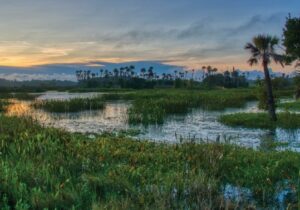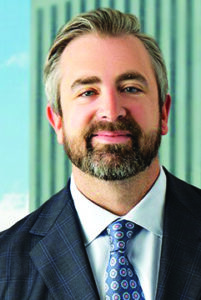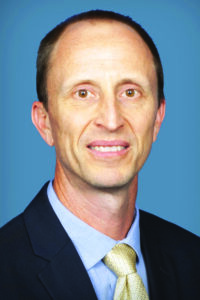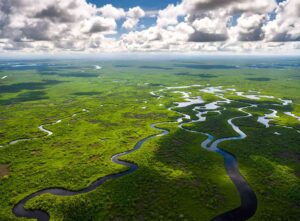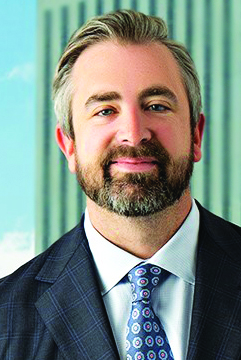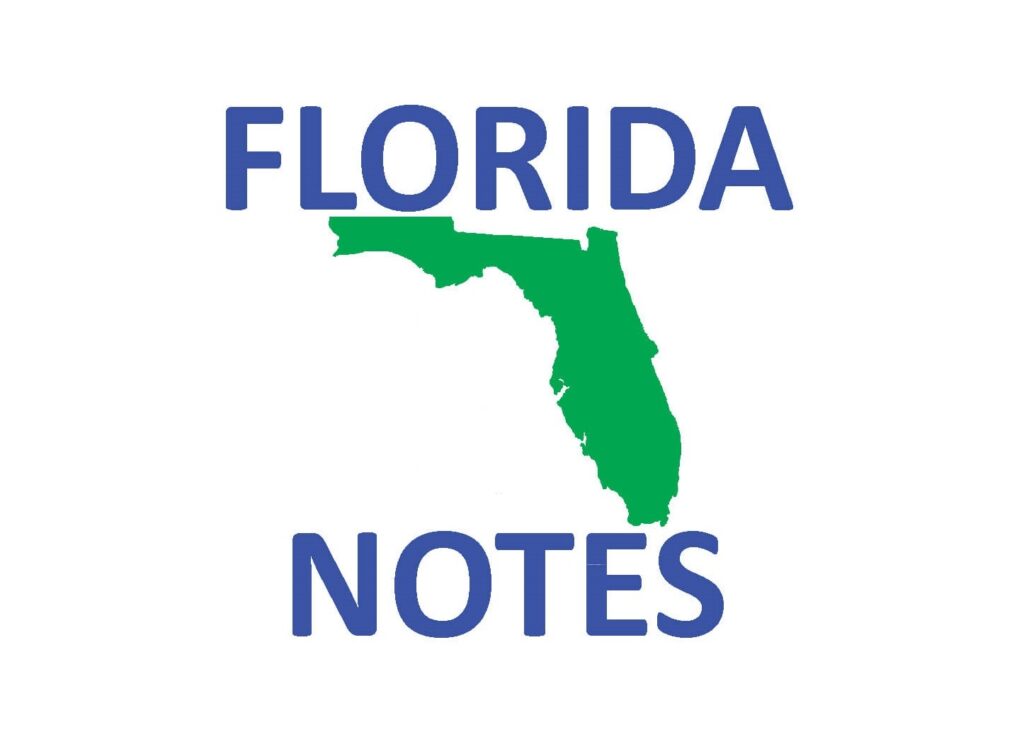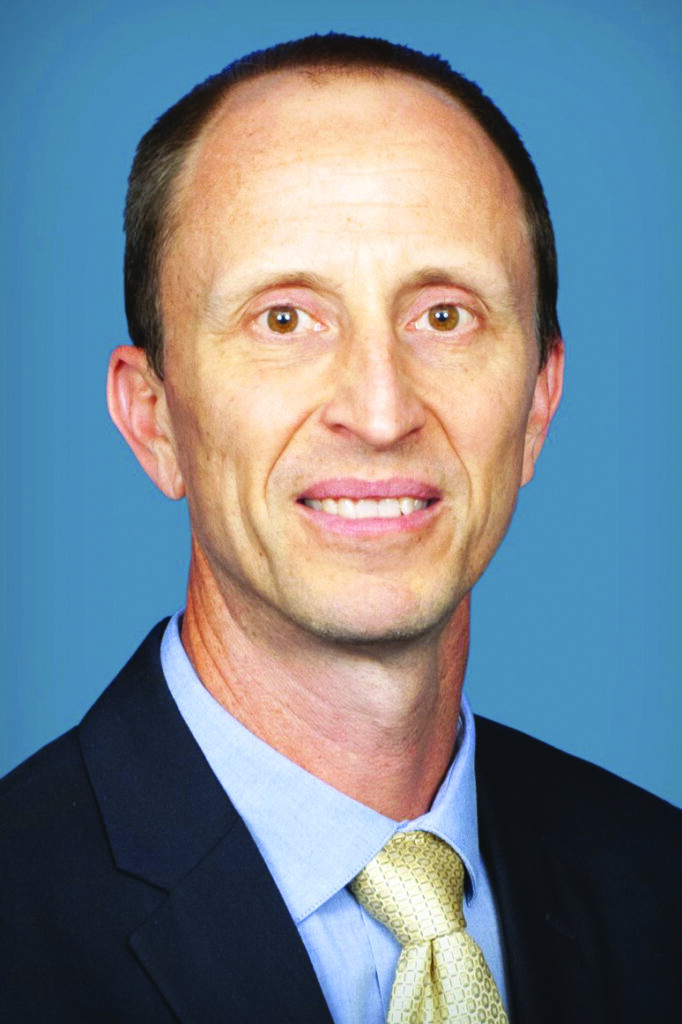By KATIE KRAMER,
Environmental Supervisor,
Sea & Shoreline
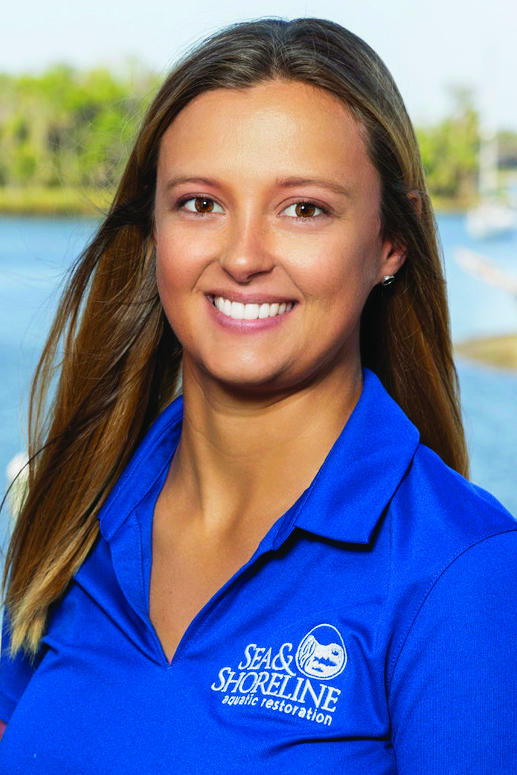
Seagrass loss is occurring on a global scale with estimates exceeding 30% based on total coverage as first recorded in the late 1800s.
Throughout Florida, seagrass has decreased by 15% to 50% depending on the area, as some locations are more impacted than others. Recent evidence suggests that the rate of loss and the extent of degradation is accelerating. Globally, the rate of disappearance has increased from less than 1% per year prior to 1940 to 7% per year after 1990.
Global seagrass loss is estimated at 10,000 km2 annually.
Seagrass is typically found in shallow coastal waters, making it uniquely susceptible to disturbance and anthropogenic (human derived) impacts. Many factors contribute to the decline, including habitat fragmentation, direct destruction from boating, eutrophication (excessive nutrient enrichment), development, and effects from climate change.
Declines in this resource have negative impacts such as an increase in harmful algae blooms (HABs), accelerated erosion, increased CO2 emissions, and a lack of foraging grounds for manatees.
There are about 60 species of seagrasses worldwide; of these, seven are native to Florida. Two of the more common species are turtle grass [Thalassia testudinum] and shoal grass [Halodule wrightii]. There are other aquatic plants akin to seagrass that live in freshwater and brackish systems. Collectively, they are known as submerged aquatic vegetation (SAV).
Seagrass and SAV are often colloquially used interchangeably because they provide many of the same benefits to their surrounding ecosystems. Seagrass and SAV are considered keystone species for the numerous ecosystem services they provide, including habitats for a myriad of fish species and other wildlife.

Above is a manatee and calf in Crystal River, Florida.
During some point in their lifecycle, about 80% of critically important commercial and recreational fish and shellfish rely on these habitats. Seagrass and SAV also serve as a primary food source for charismatic fauna, such as manatees and sea turtles. Herbivores, ranging from large manatees to the smallest of sea urchins, have been documented foraging in both naturally occurring and restored areas.
Loss of this vital nutrition source contributes to an overall lack of biodiversity, perpetuating environmental decline.
The seagrass and SAV roots and rhizomes, with their complex interlocking matrices, physically hold sediments in place. By stabilizing the bottom sediments, these aquatic plants reduce resuspension and turbidity. Their blades create drag in the water column which attenuates wave energy to reduce erosion in high-energy environments.
Each year, hundreds of millions of dollars are allocated to shoreline projects, with an ever-increasing focus on utilizing nature-based solutions to protect against erosion. Robust seagrass and SAV ecosystems provide this nature-based solution for shoreline protection and building resiliency in vulnerable areas. Seagrass and SAV also sequester nutrients and carbon, from both the water column and sediments, within their tissues and meadow-associated sediments.
Seagrass meadows can sequester nearly three times the amount of carbon as terrestrial forests, mitigating the effects of climate change and ocean acidification. In freshwater systems, dense SAV meadows can serve as major sinks for nutrients that would otherwise fuel HABs.
One of the greatest challenges facing global seagrass and SAV conservation is raising awareness. Local and federal agencies alike have realized the value of these ecosystems and the investments required to protect and restore them.
Many grassroots initiatives have joined the fight as well, serving as valuable partners to complete this work.
Aquatic restoration is a complex, multi-step, multi-year process that involves cultivating planting units, installation, maintenance, and long-term monitoring. During the past decade, this process has been fine-tuned for waterbodies throughout the state. As a result, several major restoration projects have been successful.
More than 90 acres of aquatic habitat were restored in Crystal River, which naturally expanded to over 300 acres in subsequent years. The project began in 2015 and phase one was just completed this year. In the Caloosahatchee River, 22 acres were restored in 2019, with plans for over 50 additional acres of SAV installation this coming summer. And in the summer of 2023, five tributaries to the Indian River Lagoon (IRL) will be restored with seagrass and SAV, totaling more than 3,000 planting units in all.
As research and methods evolve, new innovative strategies for protection and restoration of aquatic ecosystems are born. Stormwater treatment areas offer a unique opportunity for seagrass and SAV installation, improving water quality prior to discharge into the receiving body, which is usually already impaired. Such is the case with the Indian River Lagoon, where any improvement to in-bound waters is extremely beneficial for the lagoon system.
Multitrophic projects, designed to address several environmental concerns in one project, strive for the restoration of all ecosystem functions.
By approaching these projects holistically, critical seagrass and SAV restoration work can be performed with a high level of success, resulting in the improved functioning of these incredibly valuable ecosystems.●

